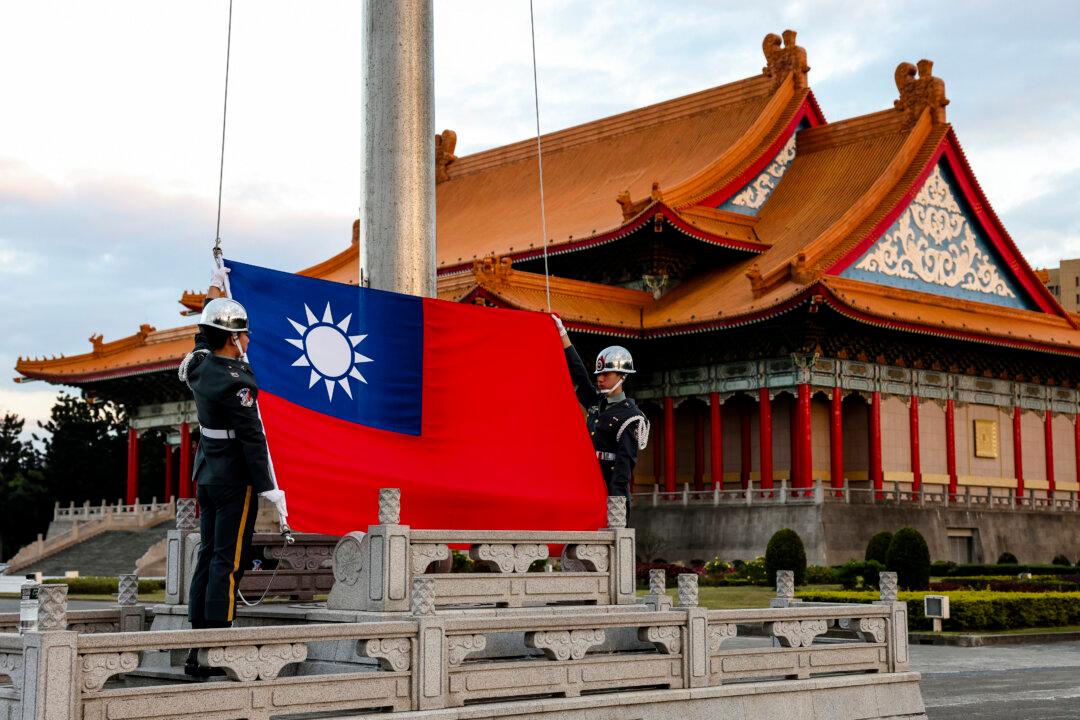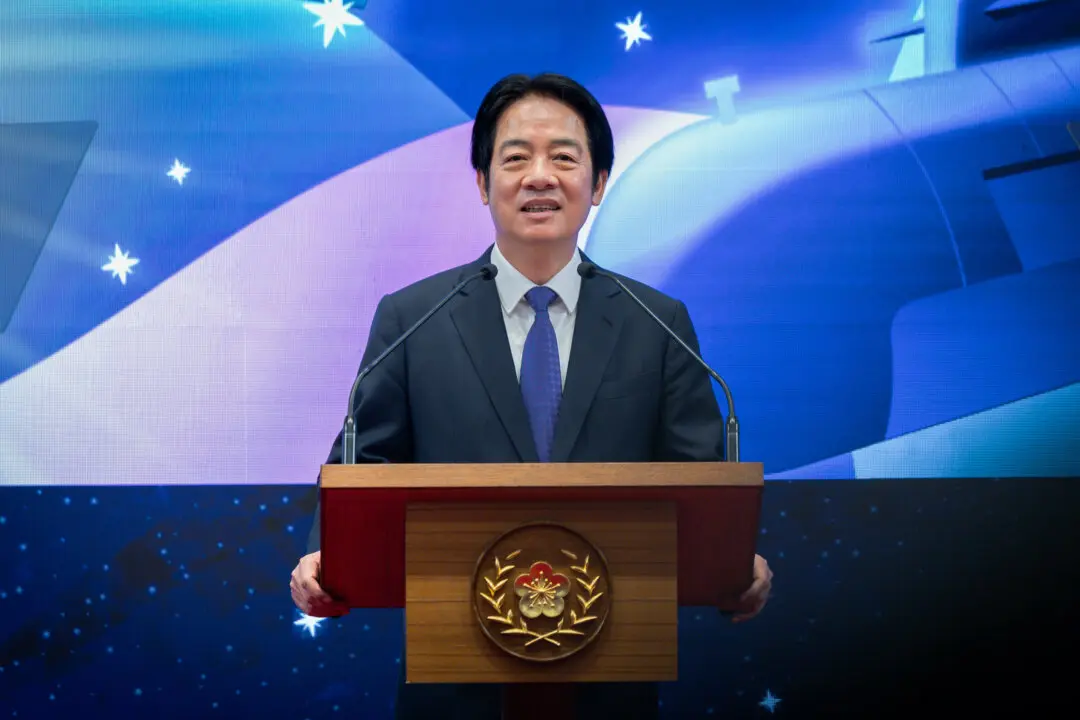In China, media is heavily censored and published articles must toe the party line, and fake news pieces are all too common. But Beijing has recently expanded its subversion techniques beyond its borders, with Taiwan and Latin America now under siege by manipulated news that promotes its agenda.
Taiwan President Tsai Ing-wen, while stumping for a fellow party member who is running for mayor in the southern city of Tainan, pointed to the serious problem of fake news from China spreading widely in Taiwan through social media, according to a Sept. 16 article by Taiwanese newspaper The Liberty Times.





